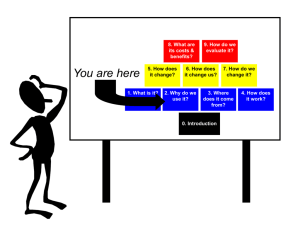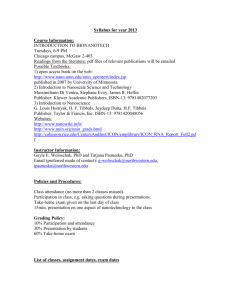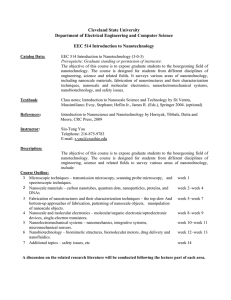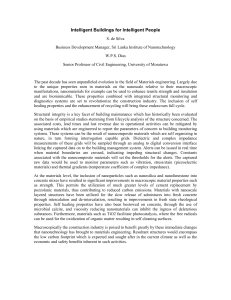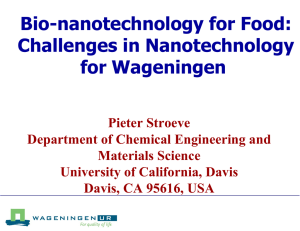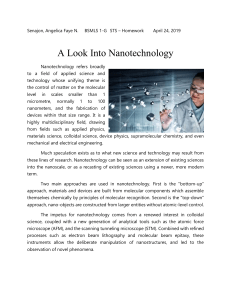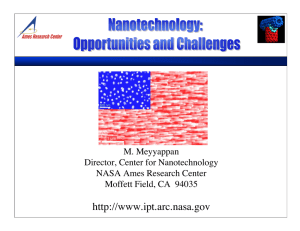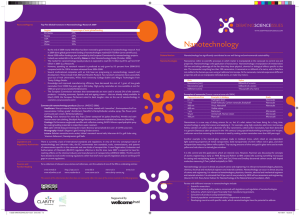abstract
advertisement
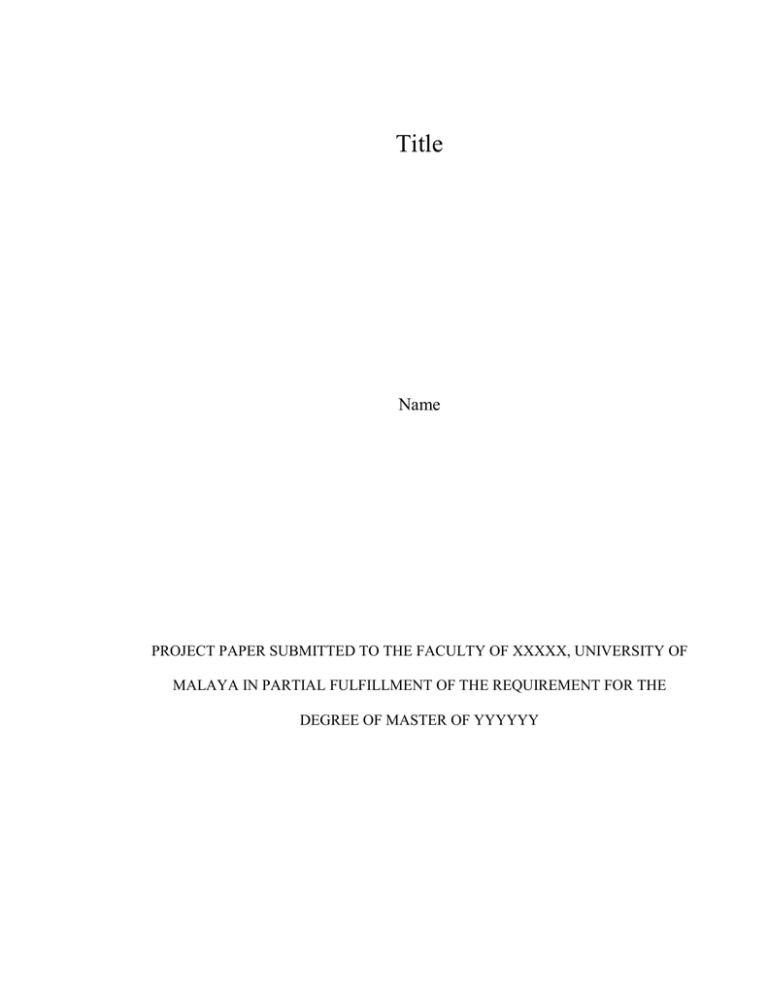
Title Name PROJECT PAPER SUBMITTED TO THE FACULTY OF XXXXX, UNIVERSITY OF MALAYA IN PARTIAL FULFILLMENT OF THE REQUIREMENT FOR THE DEGREE OF MASTER OF YYYYYY UNIVERSITI MALAYA ORIGINAL LITERARY WORK DECLARATION Name of Candidate: (I.C/Passport No: ) Registration/Matric No: Name of Degree: Master of XXXXXXXXX Title of Project Paper/Research Report/Dissertation/Thesis (“this Work”): Title Field of Study: I do solemnly and sincerely declare that: (1) (2) (3) (4) (5) (6) I am the sole author/writer of this Work; This Work is original; Any use of any work in which copyright exists was done by way of fair dealing and for permitted purposes and any excerpt or extract from, or reference to or reproduction of any copyright work has been disclosed expressly and sufficiently and the title of the Work and its authorship have been acknowledged in this Work; I do not have any actual knowledge nor do I ought reasonably to know that the making of this work constitutes an infringement of any copyright work; I hereby assign all and every rights in the copyright to this Work to the University of Malaya (“UM”), who henceforth shall be owner of the copyright in this Work and that any reproduction or use in any form or by any means whatsoever is prohibited without the written consent of UM having been first had and obtained; I am fully aware that if in the course of making this Work I have infringed any copyright whether intentionally or otherwise, I may be subject to legal action or any other action as may be determined by UM. Candidate’s Signature Date Subscribed and solemnly declared before, Witness’s Signature Name: Designation: Date This project paper is dedicated to the national football team. i ACKNOWLEDGEMENTS I would like to thank my supervisor, Afshin ghotbi ii ABSTRAK Saya Makan Saya cinta makan iii ABSTRACT Abstract body. iv Contents ACKNOWLEDGEMENTS ................................................................................................. ii ABSTRAK .......................................................................................................................... iii ABSTRACT........................................................................................................................ iv 1 CHAPTER I: STATEMENT OF PROBLEM ............................................................. 1 1.1 Introduction ........................................................................................................... 1 1.2 Background of Study ............................................................................................. 1 1.2.1 Nanotechnology ............................................................................................... 1 2 Chapter II: REVIEW OF RELATED LITERATURE ................................................. 2 2.1 Introduction ........................................................................................................... 2 2.2 Definition of Nanotechnology ............................................................................... 2 2.2.1 Nanoscale Architecture .................................................................................... 2 2.2.2 How Nanoscale Dimensions Affect Properties ................................................ 2 3 4 CHAPTER III: DESIGN, METHODS AND PROCEDURE ....................................... 3 3.1 Introduction ........................................................................................................... 3 3.2 Purpose of the Study.............................................................................................. 3 CHAPTER IV: RESULTS AND INTERPRETATIONS ............................................. 4 4.1 Introduction ........................................................................................................... 4 5 Chapter V: CONCLUSIONS, IMPLICATIONS AND SUGGESTIONS FOR FUTURE WORK ............................................................................................................................ 5 5.1 Introduction ........................................................................................................... 5 REFERENCES .................................................................................................................... 6 v List of Tables vi List of Figures vii 1 1.1 CHAPTER I: STATEMENT OF PROBLEM Introduction Technology has been emerging as a subject matter for this century. 1.2 1.2.1 Background of Study Nanotechnology As the definition of NSET (2000), nanotechnology is the research and technology development at the atomic, molecular or macromolecular levels. The main goal of nanotechnology is design and manufacture nanostructures and nanodevices with extraordinary properties and economic with revolutionary functional abilities. 1 2 2.1 Chapter II: REVIEW OF RELATED LITERATURE Introduction Regarding the. 2.2 Definition of Nanotechnology Nanotechnology is the understanding and control of the functional structures and systems at approximately 1 to 100 nanometre length.. 2.2.1 Nanoscale Architecture Generally, in order to construct nanostructured systems, two approaches are utilized namely ‘top-down’ and “bottom-up”. “top-down” approach is 2.2.2 How Nanoscale Dimensions Affect Properties The energy b 2 3 3.1 CHAPTER III: DESIGN, METHODS AND PROCEDURE Introduction As recently mentioned in previous chapter, two-tiered assessment probe and interview are used in. 3.2 Purpose of the Study According. 3 4 4.1 CHAPTER IV: RESULTS AND INTERPRETATIONS Introduction t prob . 4 5 Chapter V: CONCLUSIONS, IMPLICATIONS AND SUGGESTIONS FOR FUTURE WORK 5.1 Introduction or not. 5 REFERENCES American Association for the Advancement of Science (1993). Benchmarks for science literacy. New York: Oxford University Press. Amir, R., & Tamir, P. (1990). Detailed analysis of misconceptions as a basis for developing remedial instruction: The case of photosynthesis. Paper presented at the annual meeting of the American Educational Research Association, Boston, MA. Ayala, C. (2005). Formative assessment guideposts. Science Scope, 46-48. Bungum, B. (2006). Transferring and transforming technology education: A study of Norwegian teachers’ perceptions of ideas from design and technology. Campbell, D. J., Freidinger, E. R., Hastings, J. M., & Querns, M. K. (2002). Spontaneous Assembly of Soda Straws. J. Chem. Ed., 79. Cavanaugh, S. E. (2009). Elementary Teachers’ Knowledge, Attitude, And Practices Toward Technology Education: Effects Of The I³ Project 6 7

